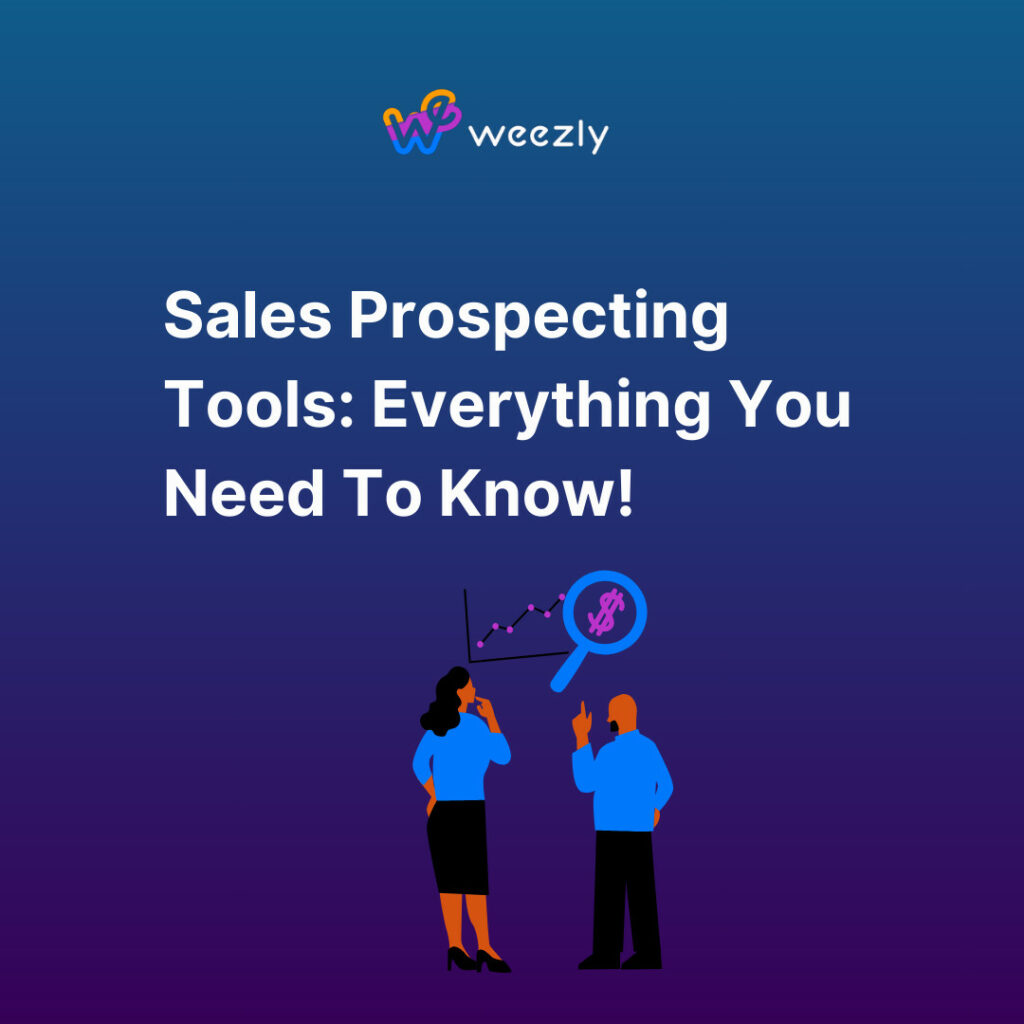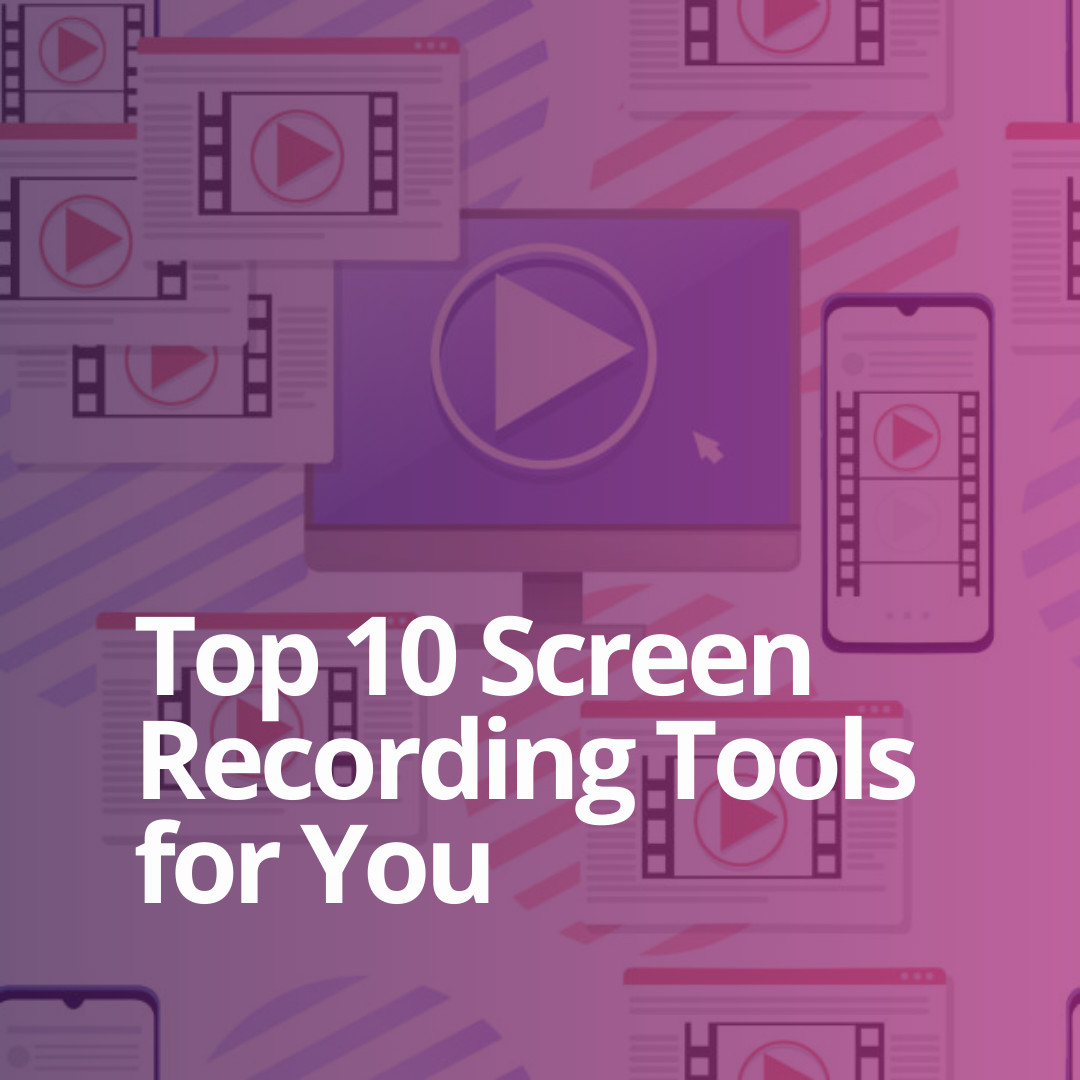Sales prospecting is a crucial element in the sales process, serving as the cornerstone for generating leads and expanding customer bases. In this digital era, leveraging the right sales prospecting tools is not just an option but a necessity for businesses aiming to thrive. This comprehensive guide dives deep into the world of sales prospecting tools, offering insights into their transformative potential for your sales strategy and business growth.

Understanding Sales Prospecting
Sales prospecting is the process of identifying and reaching out to potential customers, a fundamental step in the sales cycle. It’s about finding the right people who are most likely to become your customers and initiating communication with them.
The Importance of Sales Prospecting
- Lead Generation: Essential for finding new leads.
- Revenue Growth: Directly impacts sales and business growth.
- Market Expansion: Helps in discovering new markets and customer segments.
- Competitive Edge: A strong prospecting strategy can set you apart from competitors.
Sales Prospecting Tools: A Game Changer
Sales prospecting tools are designed to automate and streamline the identification and engagement of potential leads. They enhance efficiency, accuracy, and productivity in sales efforts.
Categories of Sales Prospecting Tools
- Lead Generation Tools
- CRM Software
- Communication Tools
- Data Analysis Tools
Top Sales Prospecting Tools and Reviews
- LinkedIn Sales Navigator
- Review: LinkedIn Sales Navigator is a powerhouse for lead generation. It allows sales professionals to tap into LinkedIn’s extensive network to find and connect with potential leads. Its advanced search capabilities and personalized algorithm offer targeted prospects, making it a top choice for B2B sales.
- HubSpot CRM
- Review: HubSpot CRM stands out for its comprehensive CRM functionalities. It offers an intuitive interface, excellent contact management, and seamless integration with other sales tools. Its free version provides enough features for small to medium businesses, making it a popular choice. Weezly has great integration with HubSpot.
- ZoomInfo
- Review: ZoomInfo is a communication tool that excels in providing detailed information about potential leads. It offers access to a vast database of contacts and companies, along with insights that can help tailor your communication strategy. Its integration capabilities make it a versatile tool for sales teams.
- Salesforce Einstein Analytics
- Review: Salesforce Einstein Analytics is a data analysis tool that leverages AI to provide deep insights into sales data. It helps sales teams to understand market trends, customer behavior, and sales performance, making it an essential tool for data-driven decision-making.
How to Choose the Right Sales Prospecting Tool
When selecting a tool, consider integration capabilities, ease of use, customization options, and cost.
1. Define Your Sales Goals and Requirements
- Identify Your Needs: Assess your sales process to understand what you’re lacking. Are you struggling with lead generation, data management, or effective communication?
- Set Clear Goals: Determine what you want to achieve with the tool, like increasing lead conversion rates, improving customer engagement, or streamlining the sales process.
2. Evaluate Integration Capabilities
- Compatibility with Existing Systems: The tool should seamlessly integrate with your current CRM, email platforms, and other sales software to ensure a smooth workflow.
- Ease of Integration: Look for tools that offer easy integration without requiring extensive technical expertise.
3. Consider Ease of Use and User Interface
- User-Friendly Interface: A tool that is easy to navigate and understand will be quickly adopted by your team, leading to better utilization and efficiency.
- Training and Support: Check if the tool provider offers adequate training and customer support to help your team get the most out of the tool.
4. Check for Customization and Scalability
- Customization Options: The ability to customize the tool to fit your specific sales processes and preferences is crucial.
- Scalability: As your business grows, your sales prospecting tool should be able to scale accordingly. Choose a tool that can accommodate an increasing number of users and expand data requirements.
5. Analyze Features and Functionality
- Key Features: List the essential features you need, such as lead scoring, email tracking, analytics, and automation capabilities.
- Advanced Functionality: Consider if you need advanced features like AI-driven insights, predictive analytics, or integration with social media platforms.
6. Assess the Cost Against Your Budget
- Pricing Structure: Understand the pricing model of the tool. Is it subscription-based, or does it require a one-time payment? Are there any hidden costs?
- Return on Investment (ROI): Evaluate the potential ROI. A more expensive tool might offer better features that can lead to higher sales efficiency and revenue.
7. Read Reviews and Seek Recommendations
- User Reviews and Feedback: Check online reviews and testimonials to gauge the effectiveness and reliability of the tool.
- Peer Recommendations: Ask for recommendations from industry peers or in professional networks. First-hand user experiences can provide valuable insights.
8. Trial Periods and Demos
- Free Trials: Opt for tools that offer a free trial period. This allows you to test the tool in your environment and assess its impact.
- Product Demos: Request demos to see the tool in action and ask specific questions related to your sales process.

Best Practices for Using Sales Prospecting Tools
- Regularly Update Data
- Personalize Communication
- Track and Analyze Results
The Future of Sales Prospecting Tools
Advancements in AI and machine learning are shaping the future of sales prospecting tools, promising more automation, predictive analytics, and personalized experiences.
Conclusion
Sales prospecting tools are vital in the modern sales landscape. Understanding and utilizing these tools effectively can lead to improved sales strategies and business growth.
Selecting the right sales prospecting tool involves a careful evaluation of your business needs, the tool’s features, cost, and its potential impact on your sales process. By considering these factors, you can choose a tool that not only fits your current requirements but also supports your future growth.









